Thanks to Natalie for letting me tell everyone On The Tudor Trail about two wonderful Tudors, Anne Vavasour and Sir Henry Lee. And even though few people know about them, I believe they lived one of the greatest English love stories.
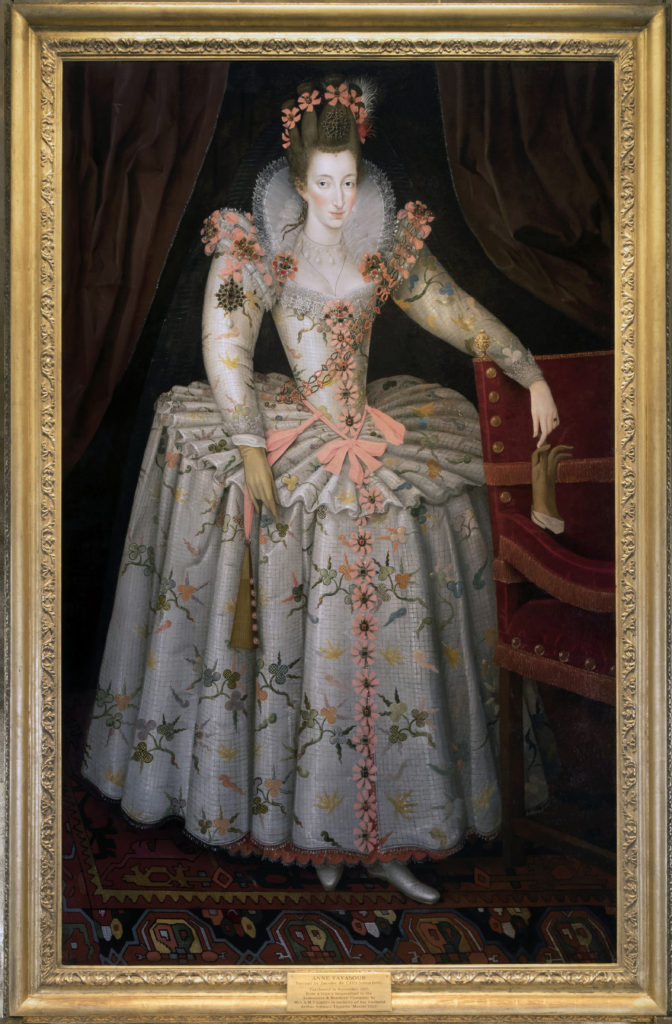
I met Anne and Sir Henry back in the day when I was a graduate student studying Shakespeare. I had just read Sir Edmund Chambers’ biography called William Shakespeare: A Study of Facts and Problems. Quite frankly, I was shocked at how few facts and how many problems remain about the world’s most famous writer.

It turned out I was not alone, and, very shortly, I found myself in that crazy corner of English Literature Studies called “the Shakespeare Authorship Question,” which is filled with conspiracy theories, name-calling, and loud shouting.
Apparently many people doubt that “the Stratford Man” was the author of the works of William Shakespeare, and some believe the real author is Edward de Vere, the 17th Earl of Oxford (1550-1604). Who knew?
So, for a good stretch of time, I studied up on the said Earl. But, fortunately, there are a number of remaining works that are undoubtedly his, and they are just not up to the mark set by Shakespeare. Not even close. But it was while reading about him that I came across the story of the Earl’s brief fling with an unlucky seventeen year-old newcomer to the court of Elizabeth named Anne Vavasour.
In 1580, it seems that many heads were turning in the direction of Anne, who had recently come to court from Yorkshire as a Gentlewoman of the Bedchamber, the queen’s most intimate group of attendants. The girl had been groomed since childhood to follow in the footsteps of her uncle Sir Thomas Knyvet, who was a Groom of the Privy Chamber, and her aunt Katherine Knyvet, a Maid of Honour. The Knyvet family was well known and well loved at court since the early days of King Henry VIII when an older Thomas Knyvet had been the king’s Master of the Horse.
Edward de Vere turned out to be the most smitten with Anne. He was indeed gifted in literature and humanities, but his temperament was selfish, pretentious, and volatile. During Edward’s adolescence, Lord Burghley had to prevail upon a jury to rule that a servant had died accidentally by running onto the young earl’s sword. Later, Edward was seen famously arguing with Sir Philip Sydney on a tennis court at the palace, and the queen herself had to step in to prevent a duel. And by 1580 he was age 30, and estranged from his young wife, Anne Cecil, Lord Burghley’s daughter. And he was prowling around the court looking for new amusements.
Unfortunately, a poem from the period called “Anne Vavasour’s Echo” shows Anne and Oxford swept up in the fires of love, and spending time at the earl’s seaside estate. So perhaps it was no surprise that the queen’s spymaster, Sir Francis Walsingham, wrote a letter on 23 March 1581, about trouble at court:
“On Tuesday at night Anne Vavasour was brought to bed of a son in the maidens’ chamber. The E. of Oxford is avowed to be the father, who hath withdrawn himself with intent, as it is thought, to pass the seas. The ports are laid for him and therefore if he have any such determination it is not likely that he will escape. The gentlewoman the selfsame night she was delivered was conveyed out of the house and the next day committed to the Tower. Others that have been found any ways party to the cause have also been committed. Her Majesty is greatly grieved with the accident, and therefore I hope there will be some such order taken as the like inconvenience will be avoided.”
The affair became the delicious scandal of the season. The earl was mocked and Anne was ridiculed as the Monica Lewinsky of her age. Meanwhile, the Knyvet family took revenge on the Earl of Oxford in a duel, inflicting a wound that would keep him lame for life. And Anne eventually left the Tower and began a miserably reduced new life as an unwed mother. And that might have been the last we heard from Anne – but it wasn’t.
Watching the whole sad scene unfold was the much older Sir Henry Lee, one of the most respected men at court. In his official pedigree, he was the son of Anthony Lee and Margaret Wyatt, his mother having been a close friend and attendant of Anne Boleyn. However, in the 1680s, the sensationalist antiquarian and biographer John Aubrey included in his notebooks (later published as Brief Lives) the rumor that Sir Henry was the “supposed brother of Queen Elizabeth,” implying he was actually an illegitimate child of King Henry VIII.
His more scholarly biographer, Sir Edmund Chambers, later thought this connection “unlikely,” although he did not totally dismiss the possibility, noting that at the likely time of conception, King Henry was pursuing Mistress Boleyn but she “had not yet yielded to him.” And Chambers conceded that Sir Henry was extremely “lucky.”
First, when Sir Henry inherited his family’s properties at age fourteen, he was taken away from his schooling by his uncle Sir Thomas Wyatt directly into the service of the king in the royal household. No doubt his manly skills of hunting and riding in knightly splendor had their beginnings in those days. And, as he grew, he seemed immune to the dangerous twists and turns that bedeviled the English aristocracy and gentry as King Henry went through six wives and made a chaos of state religion, alternating between Roman Catholicism and Anglicanism. Then, his immunity continued as King Henry’s children Edward, Mary, and Elizabeth followed their father onto the throne.
Through it all, Sir Henry remained on center stage, unwavering in his service of whichever monarch happened to be in power, and gaining in favors and offices, becoming one of the richest men in England. Later, he would even make a smooth transition as power shifted from the House of Tudor to the House of Stuart when James VI of Scotland came to London as King James I of England after Elizabeth died.
Well, in 1590, when he was a widower about age fifty-seven, Sir Henry formally retired as Elizabeth’s personal champion at the joust. His wife and three children were all dead, and he was facing lonely years ahead. And that’s when he invited Anne Vavasour, then about age twenty-seven, to join him (with her child) as his mistress and de facto wife. She not only accepted but also soon gave birth to her second child, fathered by Sir Henry. From then on, they divided their time between Sir Henry’s fifteen-room London apartment overlooking the Thames, and his many estates in the country.
However, since their relationship and living arrangements were, to say the least, “unusual” for the time, they would have been well known to Queen Elizabeth, who had banished Anne from court about nine years before. And royal displeasure to set their house in order seemed to be a possible threat as the queen and the entire court scheduled a formal visit to Sir Henry at his Oxfordshire estate in Ditchley during the monarch’s September 1592 Progress into her Realm.
Sir Henry prepared for the visit by commissioning two defensive weapons: first, an elaborate pageant about the complexities of love; and secondly, a magnificent life-sized portrait of Elizabeth standing on a carpet map of England, with her feet planted squarely on his estate at Ditchley. You can see the painting now at the National Portrait Gallery in London. Several Latin inscriptions surround the figure of a transcendent Elizabeth ushering in a sunlit day in contrast to storms and lightning receding in the background. Most interesting of these inscriptions is perhaps “she can, but she does not, take revenge.”
After drinks on the first evening of the royal visit to Ditchley, Elizabeth and the court discovered they had been written into the action of the entertainment as they were led around the grounds to interact with quasi-mythological figures that pranced around the gardens. Soon the royal party found their way barred by an actor knight. He forewarned them that the garden they were about to enter was filled with poorly knights and ladies, imprisoned in the trees, and suffering from the pain of hopelessness caused by “the inconstancy of women and the folly of men in loving them.”
Entering the garden, the Queen met a succession of distressed knights and speakers, and came soon to a lodge where a sickly old knight — a proxy for Sir Henry – was stretched out completely incapacitated by love (but still able to belt out quite a speech). Then came an intermission for dinner, and more speeches and songs, including a lengthy debate between Constancie and Inconstancie.
The next day continued the tale. The old knight was near death and the Queen was led to him. Miraculously he recovered due to her good graces and the entertainment ended with the Queen hearing with the final speech that the Manor of Love has been left to her:
I bequeathe to your Highness THE WHOLE MANNOR OF LOVE
and the appurtanaunces thereunto belonging:
Woodes of high attemptes,
Groves of humble service,
Pastures of feeding fancies,
Arable Lande of large promisses,
Rivers of ebbing & flowing favors, etc., etc.
This went on at some length, all composed, no doubt, by top scholars and poets hired and paid handsomely by Sir Henry for the task.
The pageant and the portrait had been an elaborate way for Sir Henry to acknowledge first that he was an old knight; secondly, that he recognized the supremacy and power of his Queen; and finally that he asked forbearance and forgiveness for his slavery to love — both of the Queen and — implied — for Anne. If so, this visit was a delicate business indeed, and perhaps another sign that there might have been a family tie through Henry VIII between Elizabeth and Sir Henry — because the old knight seems to have pulled it all off successfully.
Life for Anne and Sir Henry continued with uninterrupted love and luxury for the remainder of Elizabeth’s reign, including Sir Henry’s investiture in the Order of the Garter – a most unusual honor for a “commoner.” And when King James I arrived, Sir Henry was not only recognized as a favorite, but also was asked to be a chivalric mentor to the King’s son. As a result, King James and Crown Prince Harry were frequent guests for hunting at Ditchley, and James’s queen, Anne of Denmark, liked to chat away there with Mistress Anne, commemorating one well-documented visit by sending a precious jewel to Sir Henry’s “dearest dear” as a token of their friendship. Indeed Mistress Vavasour and Queen Anne seem to have coordinated matching companion portraits of themselves, wearing similar outfits and hairstyles in the same painter’s studio in about 1608 (note the same red chair as a prop in both).


And when Sir Henry died, at almost age eighty, he tied up his considerable fortune so Anne could have the use of it (and several of his estates) for the period of sixty years, or until her death, the exact date of which is not known (but is rumored to be 1654). He had no surviving close relatives.
Anne would have still been in her forties when this bequest occurred in 1611, and for years she fought off the unsuccessful attempts by distant family members of Sir Henry to grab the money, as legal records attest. But, no one has followed the trail of Anne and her money past the 1620s, when she was fined a fortune for bigamy (which she easily paid).
I did, however, find the path for learning more, starting at the imposing National Archives facility at Kew outside London and at New College, Oxford—and I may resume following Anne’s trail at a later date. That process will not be easy, however, since the relevant legal documents connected to her are composed in both Elizabethan English and Latin, and most are written in the difficult-to-read secretary style of handwriting. And I have already learned it is an expensive business to hire today’s paleographic scholars to translate and interpret these records since the files sit all mixed up and out of order in boxes undisturbed for the last 400 years or so.

But both of Anne’s illegitimate sons did well. Edward Vere, her scandalous son by the Earl of Oxford, kept in close touch both with his mother and the de Vere family, and went on to distinction as a soldier. He first surfaces in records at the University of Leyden at age fifteen. Two or three years later, he served in the Netherlands under the command of Sir Francis Vere, the earl’s cousin. He was knighted by King James I in 1607 for his military service and was a witness to the will of Sir Henry Lee in 1611. Later he was a renowned scholar and Member of Parliament for Newcastle-under-Lyme in 1623. A letter from the period describes him as a soldier and scholar, noting he was “all summer in the field, all winter in his study.” Unfortunately, he was killed when he was shot through the back of the head with a cannonball after showing the Prince of Orange around the fortifications at the Siege of ‘s-Hertogenbosch in the Netherlands in 1629. English troops were supporting the Dutch there against the Spanish.
 And Thomas Freeman Vavasour—Anne’s natural son with Sir Henry—became a Yeoman at the Tower of London by 1607, went on to be knighted by King James, and received an annuity of forty pounds per year in Sir Henry’s will, as well as some silver-plated pieces that had been given him as a gift at his christening.
And Thomas Freeman Vavasour—Anne’s natural son with Sir Henry—became a Yeoman at the Tower of London by 1607, went on to be knighted by King James, and received an annuity of forty pounds per year in Sir Henry’s will, as well as some silver-plated pieces that had been given him as a gift at his christening.
If you’d like to have the full story about Anne and Sir Henry, I suggest you read my short ebook “Anne Vavasour and Sir Henry Lee” available now at the Amazon Kindle store. More importantly, I hope you will enjoy how Anne and Sir Henry have been given prominent roles in my novel coming out in May, The Vavasour Macbeth. That thriller will even tell you more about those “problems” and “facts” I mentioned earlier about Master William Shakespeare.
I wish you the happiest travels On the Tudor Trail.
Bart Casey
Further Reading
Casey, Bart. Anne Vavasour and Sir Henry Lee (ebook). New York: Post Hill Press, 2019. Available at Amazon.com in the Kindle Store.
Casey, Bart. The Vavasour Macbeth (print, audiobook and ebook). New York: Post Hill Press. Publication date May 7, 2019. Available now for pre-orders.
Chambers, Edmund K. Sir Henry Lee: An Elizabethan Portrait. Oxford, Clarendon Press, 1936. Probably available by inter-library loan — request it at your local library and they can get it for you from a nearby larger library.
Chambers, Edmund K. William Shakespeare: A Study of Facts and Problems, two volumes. Oxford, Clarendon Press, 1930. Also probably available by inter-library loan.
About the Author
Bart Casey is a writer living in Brattleboro, Vermont. His passion is uncovering great stories from forgotten history.
His new thriller novel, The Vavasour Macbeth, will be published in print, audiobook, and ebook editions on May 7, 2019. Blending fiction with little-known facts and academics in an easy style, the story serves up an intoxicating brew of ancient history and modern danger as papers found in an Elizabethan tomb shed new light on Shakespeare and his masterpiece Macbeth.
Forgotten stories are also at the heart of Bart’s recent non-fiction books, Anne Vavasour and Sir Henry Lee (ebook 2019), Wonder Seekers of Fountaingrove (2018: co-authored with Gaye LeBaron), and The Double Life of Laurence Oliphant (2015-6, selected for Best Books of 2016 by Kirkus Reviews).
Many of Bart’s interests were shaped by growing up in England, majoring in English literature at Harvard, and studying at the University of Vermont for a teaching career before abandoning academia for a career in advertising and writing.
Now Bart is working on Shooting Stars, a sequel novel to The Vavasour Macbeth in which the same modern-day characters follow in the footsteps of Byron, Keats and the Shelleys around post-Napoleonic Switzerland and Italy.
Visit Bart Casey’s official website








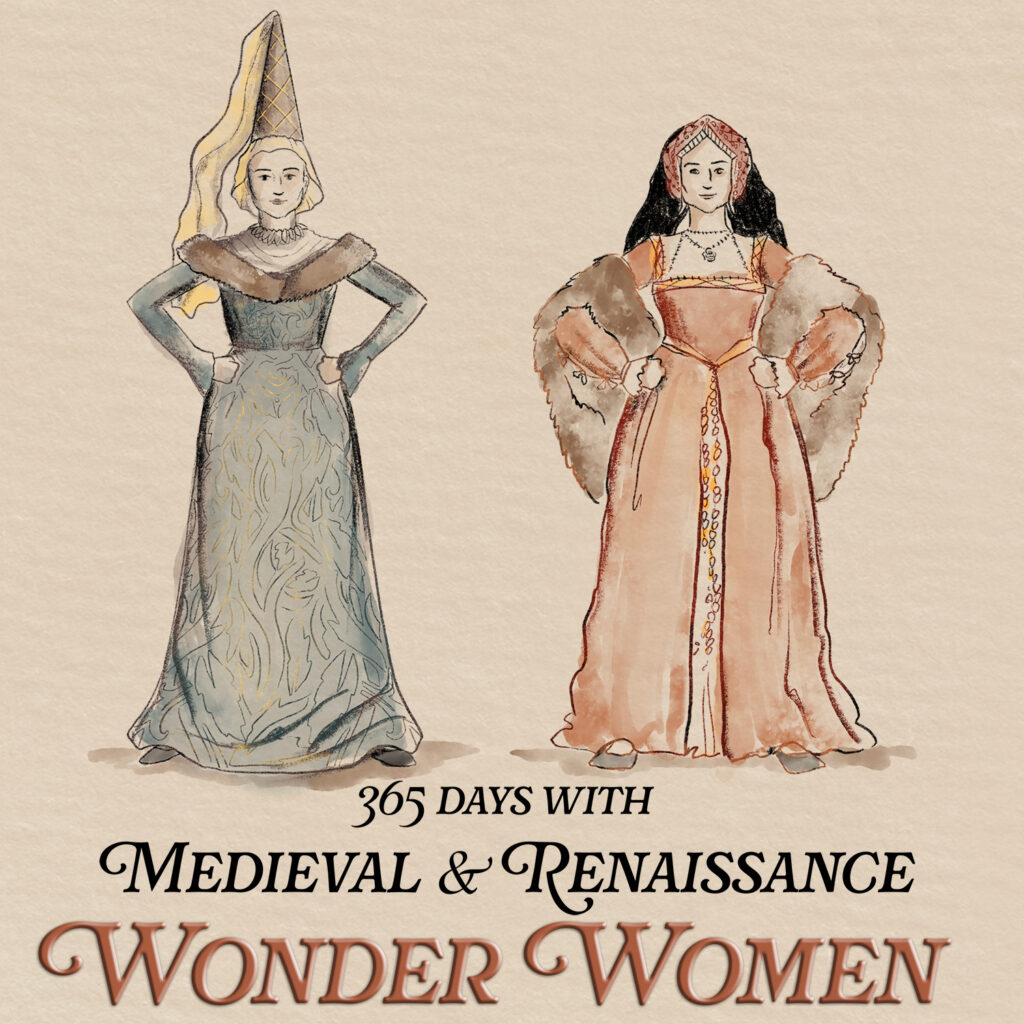
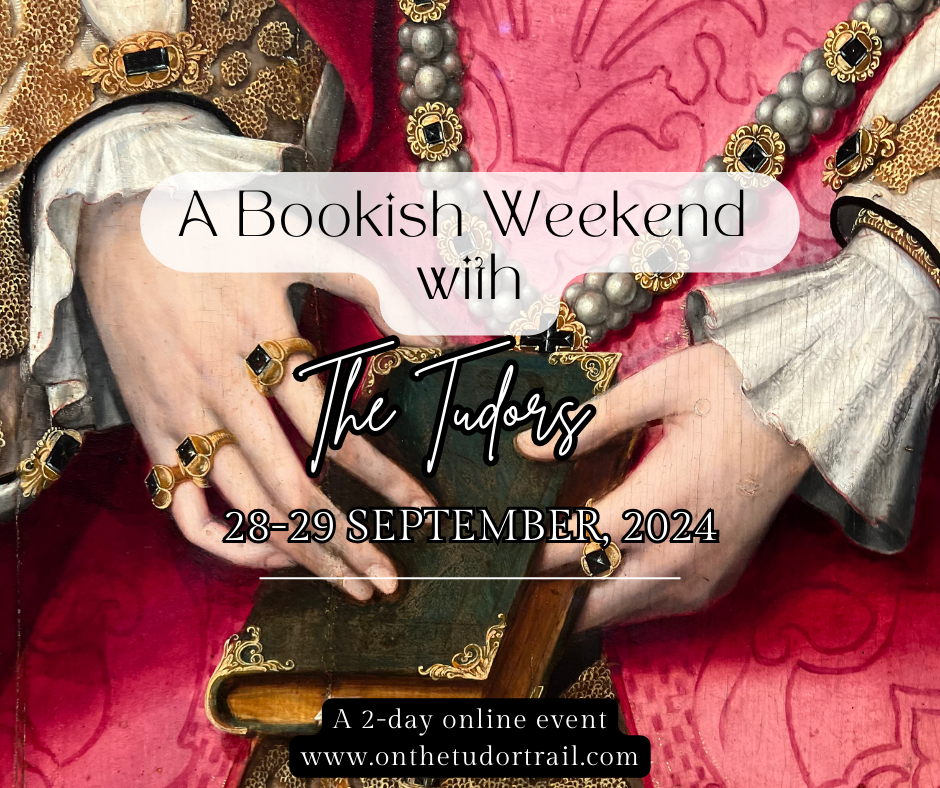
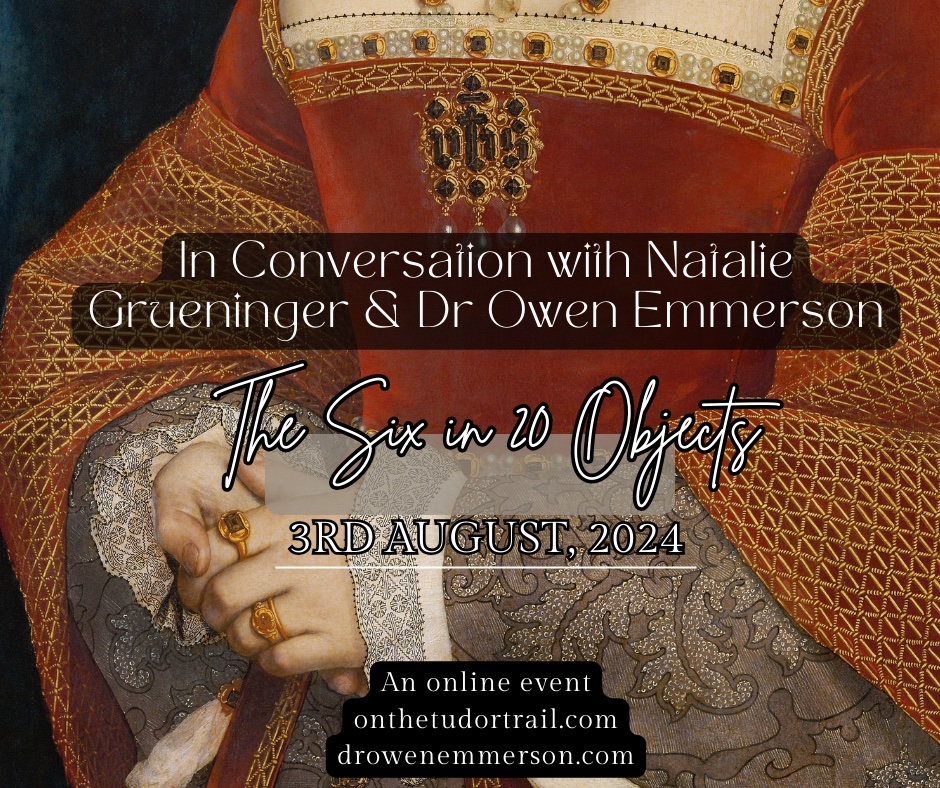
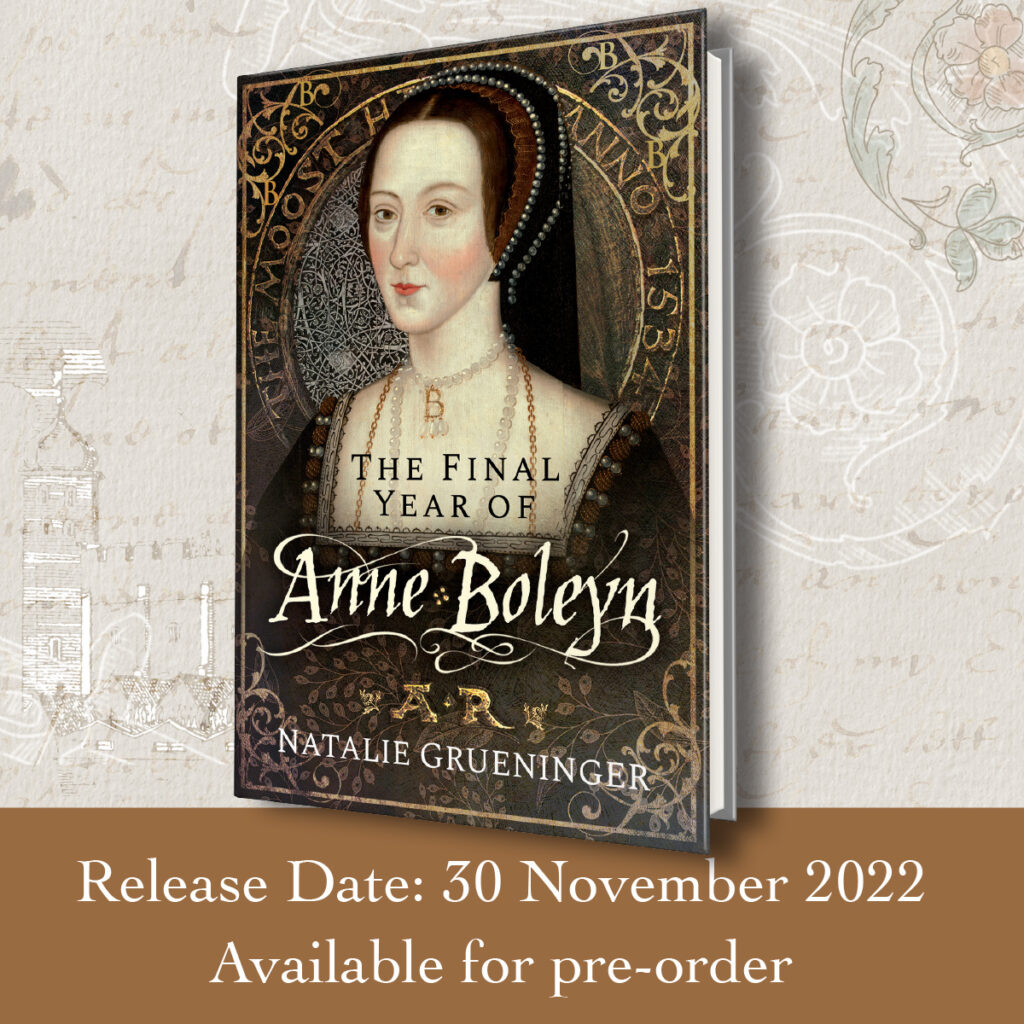
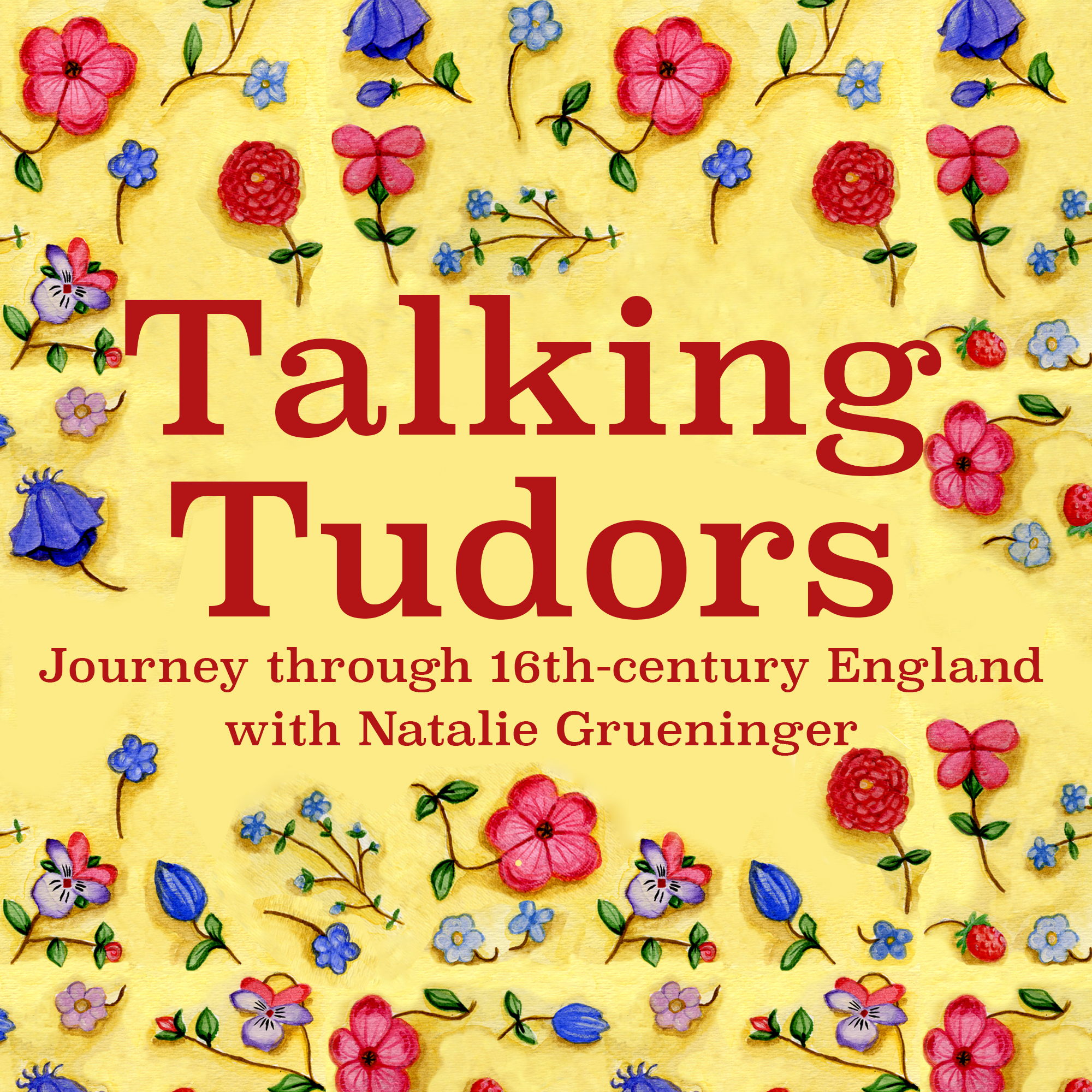

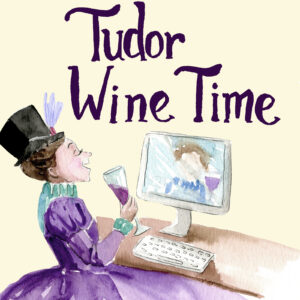
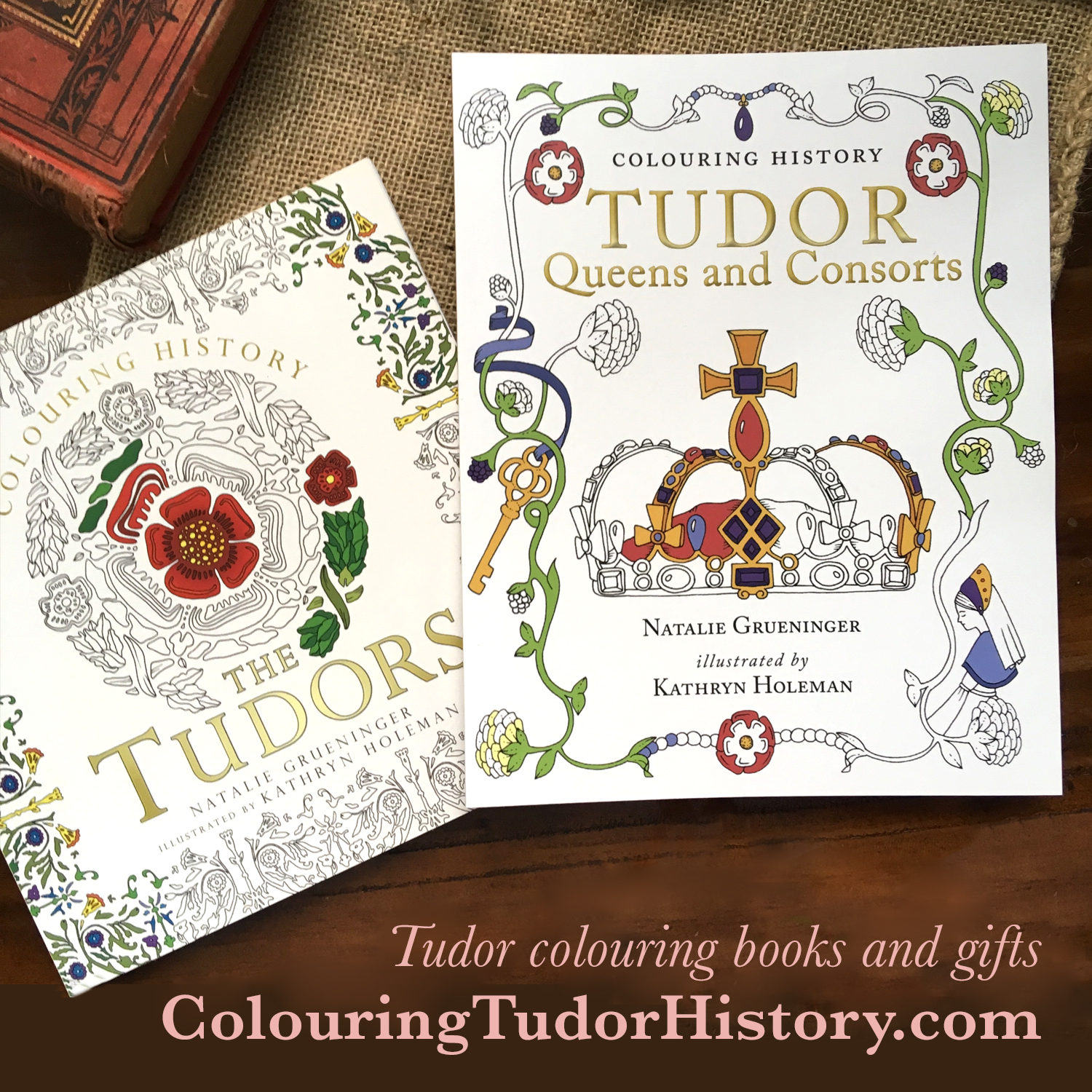

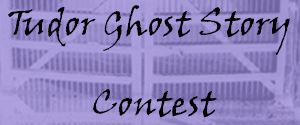

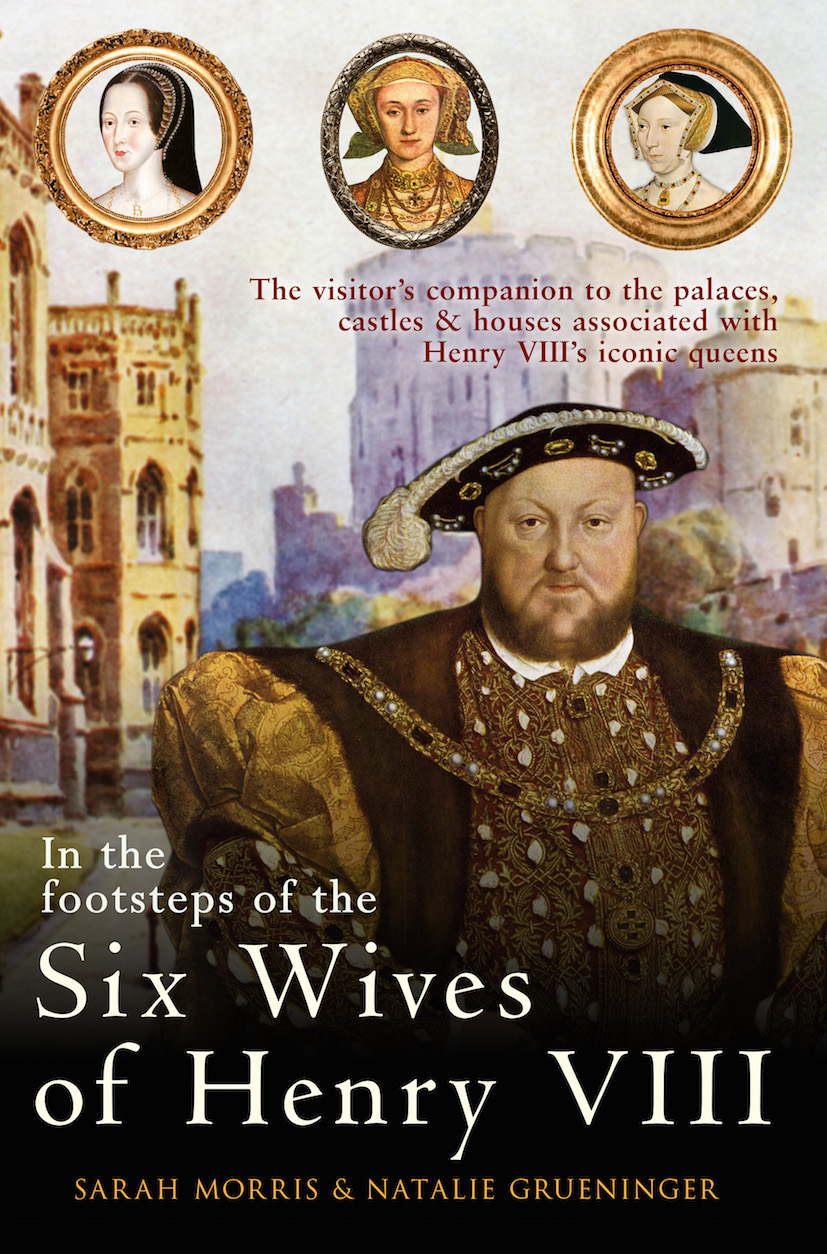
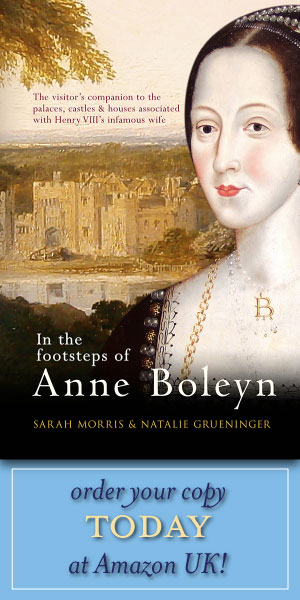
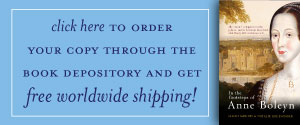

Wow. Sounds like an amazing couple